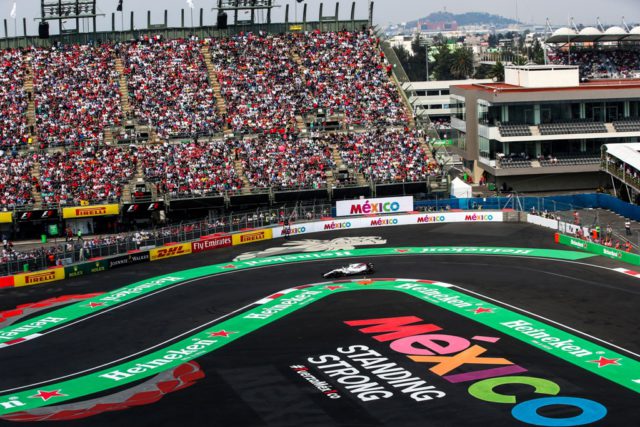The Red Bull, Williams and Haas teams preview the next round from the 2018 Formula 1 World Championship – the Mexican Grand prix at the Autodromo Hermanos Rodriguez.
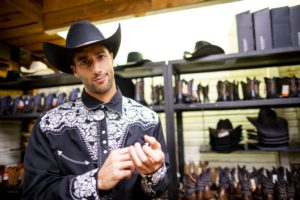
Daniel Ricciardo
“Ah Méjico, mucho bueno! The only negative with Mexico is the traffic, everything else about it is awesome. The area where we stay is great, the hotel is beautiful and the atmosphere in the paddock is full of life. There’s just a really good spirit, lots of face paint, lots of dia de los muertos stuff going on and I love that they have Mariachi bands everywhere. The circuit is okay and at least it provides overtaking opportunities which means the races are never boring. I love the stadium section, that’s unique and the crowd there is insane. The podium looks awesome, so hopefully I can taste a bit of that this year. If you like tequila and tacos – I mean, do you boys like Mexico? Wohoo!”
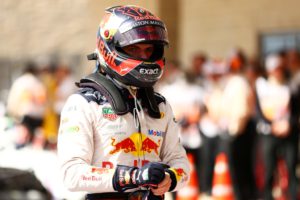
Max Verstappen
“I’m looking forward to getting back to Mexico as the circuit tends to suit our car better than others. Last year I came away with a win which felt amazing. I put in a good move at the start and therefore managed to keep out front for the remainder of the race. The atmosphere inside the stadium section is always good when you are out on track, but last year being on the podium it was next level. It turns into a party atmosphere pretty much as soon as the race is finished, I’m hoping to be back up there this year. As it is such a busy weekend on the calendar I haven’t had the chance to see much of Mexico city in the past, this year I can hopefully get out, see some sights and taste some local dishes.”

Paddy Lowe, Williams Chief Technical Officer
The Autodromo Hermanos Rodriguez is another challenge for both teams and drivers given the high altitude of Mexico City. This predominantly tests the power unit, but also affects the cooling systems, as well as the drivers and pit crew. The thin air means less oxygen so it’s physically more challenging for everyone on the ground. The layout also has some unique features with the spectacular stadium at turns 13 and 14 which comes alive when full of fans on race day. For the second time in a row, the teams have another back-to-back to handle heading into the busy final stint of the season.
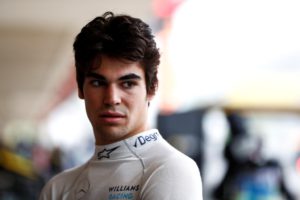
Lance Stroll
The Mexican Grand Prix is probably one of my favourite tracks of the year. I love the city; the food is great, and the atmosphere is awesome. I had a great result in Mexico last year, finishing sixth which meant I was tenth in the Drivers’ Championship. It is a fun weekend, with a special vibe to the whole place, and last year I was fortunate enough to celebrate my 19th birthday on race day. In the stadium section you can’t hear the crowd, but you can feel the ground shake beneath you as the fans are so enthusiastic. Mexico is particularly challenging due to the high altitude and the car is very nervous, but these challenges are the same for everyone.
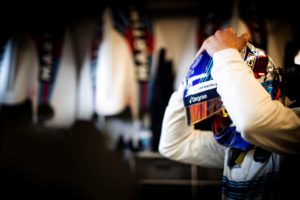
Sergey Sirotkin
Mexico is a track which reminds me of Sochi. Due to the high location up in the mountains, the track produces a lot less drag and downforce, which causes the cars to behave quite differently. There is a big effect on the tyres, due to the long straight with low drag and one of the highest stopping speeds of the season. It is a challenging track for both the drivers and for the teams.
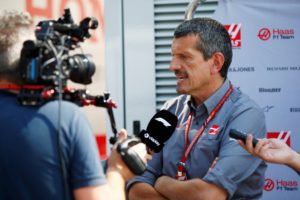
Haas Guenther Steiner
Kevin Magnussen had an incredible race in last year’s Mexican Grand Prix. After qualifying 18th, he finished eighth, and he had to hold off Lewis Hamilton during the final four laps to do so. He said that result felt like a victory. What do you remember about that drive and what did it feel like for you?
“I think it was one of those days in racing where everything just goes right. He did a great job to hold off the world champion, so for sure, it felt like a victory. It was a great result for the team, because if you qualify 18th, you’re not counting on getting points.”
Haas F1 Team has done a very good job of managing its power unit allotment this year, which decreased from four in 2017 to three in 2018. How have you been able to rotate power units to where you can work within these rules and still have the best power unit available for a race?
“I think we can, but we’re not at the end of the year, so I don’t want to be optimistic. Our plan is to live within our allocation of three power units and not get any penalties. That is the aim. There are still three races to go but, hopefully, we can achieve it because Ferrari is doing a good job. All the other power units in all the other Ferrari-powered cars are still on target.”
Haas F1 Team uses Ferrari power, and in 2018 that power has never been better. How has the team’s chassis and Ferrari power complemented one another?
“You can see in the results that we’re achieving. We’re fighting for fourth place in the constructors’ championship. That’s credit to what Ferrari does and what we do.”
How much does Mexico City’s altitude affect the car, from engine performance to brake performance to aero performance?
“The biggest effect comes from losing aero performance because of the thinner air. A turbo engine doesn’t lose as much power as an aspirated one. A big issue is the cooling of the engine, because of the altitude. I think in the last two years we’ve learned a lot. Hopefully, this year we adapt better and have a good result.”
Grip has always been in short supply at the Autódromo Hermanos Rodríguez. How do you compensate for the lack of grip?
“This year we have more downforce than we’ve ever had before. Our plan is to use that. With downforce, you create grip. The aim is to have a good car like all the other places we’ve had this season.”
Finding grip means getting the tires into their proper working window. With 18 races having been run this season, have you discovered any tricks to the trade in getting a particular tire compound into its appropriate working range, and if so, how do you keep it there?
“There are no tricks, it’s all hard work. The addition of one of our engineers, Hiroshi Tomitsuka, has helped a lot in our understanding of the tires better. It’s just a lot of hard work and data crunching to get the tire working in the best window.”
Explain what you do in qualifying to get the tires into their proper working range so you can extract the maximum amount of performance out of them for a fast lap.
“What you try to do is get the tire to the temperature you want to have it for when you cross the start-finish line. At the beginning of the lap, at turn one, you’re already in the temperature window, then you’re not running too hot when you come out of the last turn. Every track is different and every day is different because of the temperature. It’s a very difficult task, and it’s very difficult to do it mathematically. It also involves a lot of driver feeling – what is best to do. Then with the traffic coming into play, sometimes you want to achieve a target, but you cannot because you’re on your out-lap in traffic and you cannot achieve the temperatures. It’s a very difficult task, but it’s the same for everybody. It’s a lot of planning and there’s a lot of management involved in it.”






















